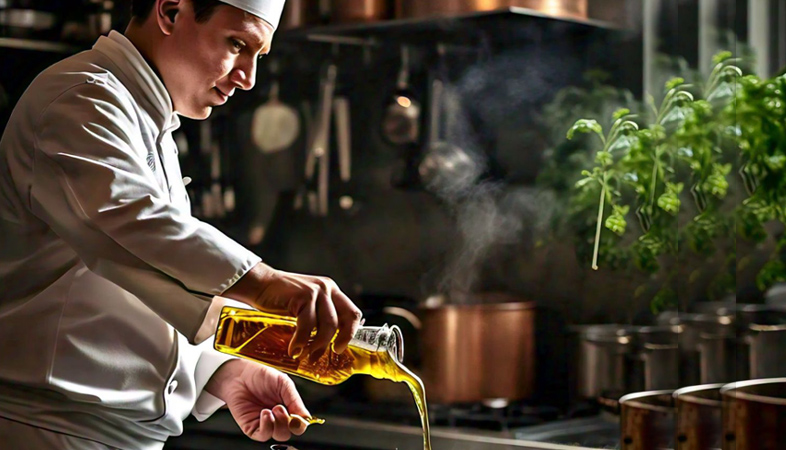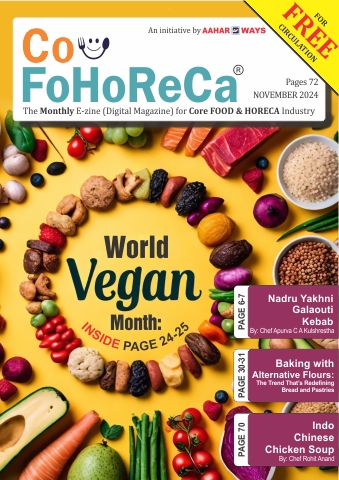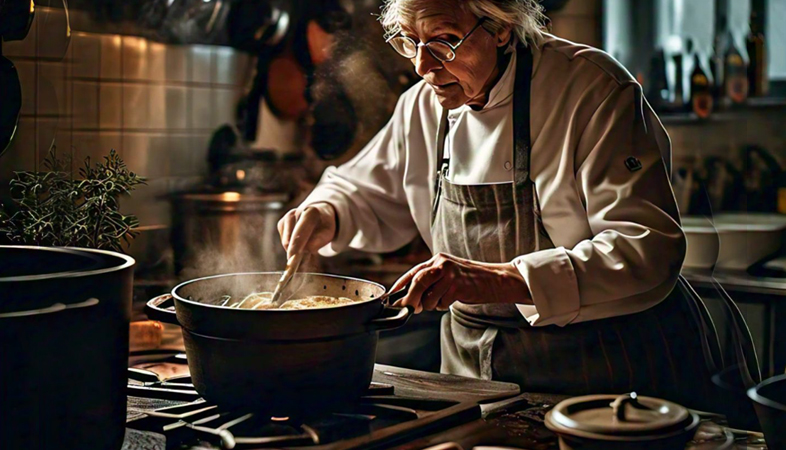Infused Oils: Techniques for Extracting Flavors from Fresh Ingredients
The art of infusing oils allows cooks to extract and preserve the essence of fresh ingredients, creating versatile additions to dressings, marinades, and more.
Infused oils have emerged as a favorite among culinary
enthusiasts and professional chefs alike, offering a simple yet effective way
to elevate dishes with bold flavors. The art of infusing oils allows cooks to
extract and preserve the essence of fresh ingredients, creating versatile
additions to dressings, marinades, and more. This technique transforms everyday
oils into flavorful elixirs that can enhance a wide variety of dishes, showcasing
the beauty of fresh produce and herbs.
The process of making infused oils begins with selecting a base oil, which can range from olive and grapeseed to canola and avocado oil. The choice of oil largely depends on the intended flavor profile and application. For instance, extra virgin olive oil is a popular choice for Mediterranean-inspired infusions, while lighter oils like grapeseed allow the flavors of infused ingredients to shine through without overpowering them. Once the oil is chosen, the next step involves selecting fresh ingredients to infuse. Aromatic herbs, spices, garlic, citrus peels, and even chilies can be used to create a diverse array of flavor combinations.
To start the infusion process, the fresh ingredients must be prepared appropriately. Herbs should be washed and dried thoroughly to avoid introducing any moisture that could lead to spoilage. For leafy herbs like basil or thyme, bruising the leaves slightly by gently crushing them with a mortar and pestle or the back of a knife can help release essential oils and enhance the infusion. Spices may be lightly toasted to unlock their flavors before being added to the oil. Citrus peels should be used without the bitter white pith to prevent an overly bitter taste.
Once the ingredients are ready, the next step involves combining them with the base oil. The infusion can be done through various methods, each yielding different flavor intensities. One popular method is the cold infusion technique, where fresh ingredients are added directly to the oil in a clean, dry glass jar. The jar should then be sealed and stored in a cool, dark place for about one to two weeks, allowing the flavors to develop gradually. It's important to shake the jar gently every few days to ensure even distribution of flavors. After the infusion period, the oil can be strained through a fine mesh sieve or cheesecloth to remove the solids, resulting in a beautifully flavored oil.
For those seeking a quicker method, heat infusion is an excellent option. This technique involves gently warming the oil in a saucepan and adding the fresh ingredients. The heat helps accelerate the extraction of flavors, typically taking around 30 minutes to an hour. It’s crucial to keep the heat low to avoid cooking the oil, as high temperatures can degrade the flavor and quality. After the infusion, the oil should be allowed to cool before straining, preserving the vibrant flavors of the ingredients.
When storing infused oils, it’s essential to use dark glass bottles to protect them from light, which can cause oxidation and flavor degradation. The oils should be kept in a cool, dark place and used within a few months for optimal flavor. Additionally, infused oils can be refrigerated to extend their shelf life, although this may cause the oil to solidify. Allowing it to return to room temperature before use will restore its consistency.
Infused oils can be used in various culinary applications, from drizzling over salads and pasta to adding depth to marinades and sauces. They also make fantastic gifts when packaged creatively, showcasing the vibrant colors and flavors of the infused ingredients. Creating unique flavor combinations, such as rosemary-garlic oil or chili-infused olive oil, allows for endless possibilities in the kitchen, inspiring creativity and experimentation.
As a culinary trend, infused oils reflect the growing appreciation for fresh, natural flavors in cooking. They encourage the use of seasonal and locally sourced ingredients, connecting cooks to the essence of the foods they prepare. By mastering the art of oil infusion, home cooks and professional chefs alike can enhance their culinary repertoire, bringing a touch of gourmet flair to everyday meals. The process of extracting flavors from fresh ingredients through infused oils not only elevates dishes but also embodies the spirit of creativity and exploration in the kitchen, making it an essential technique for any food enthusiast.
.png)




























